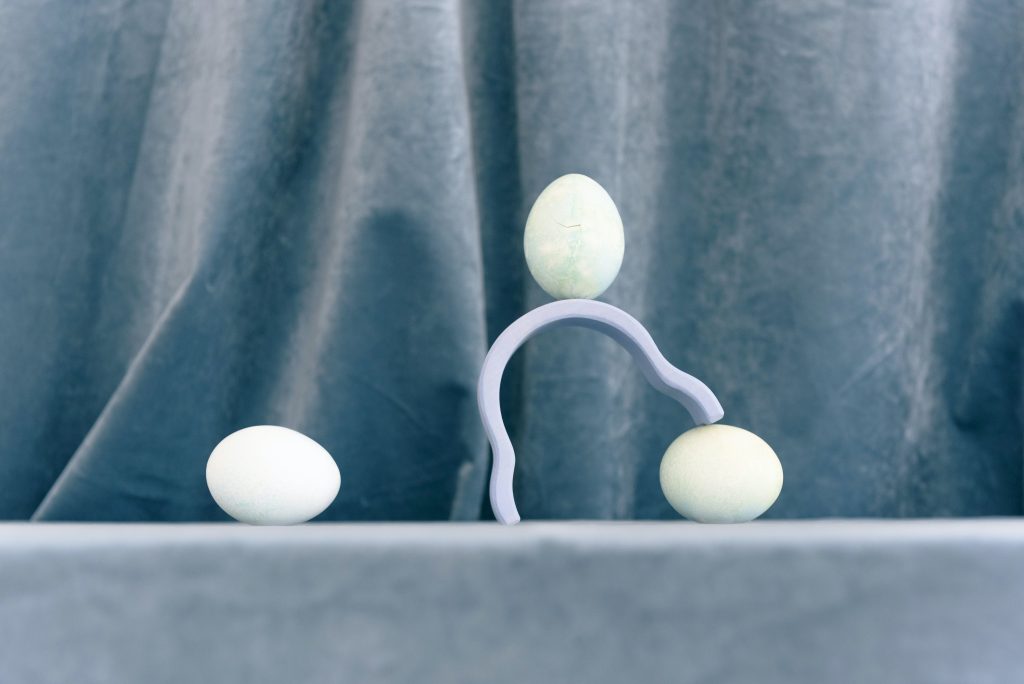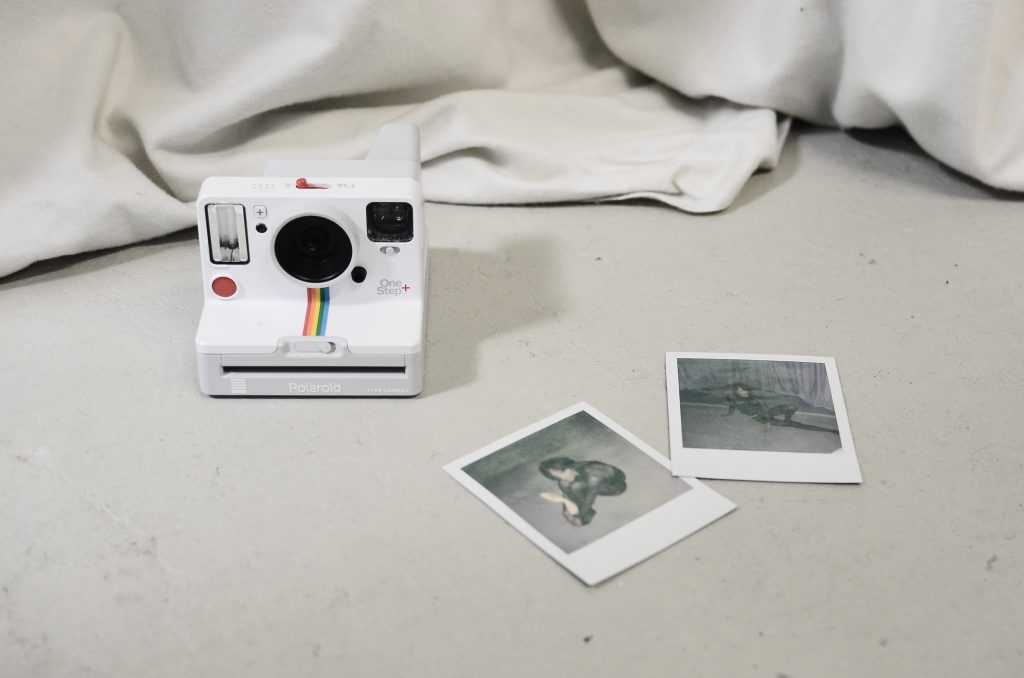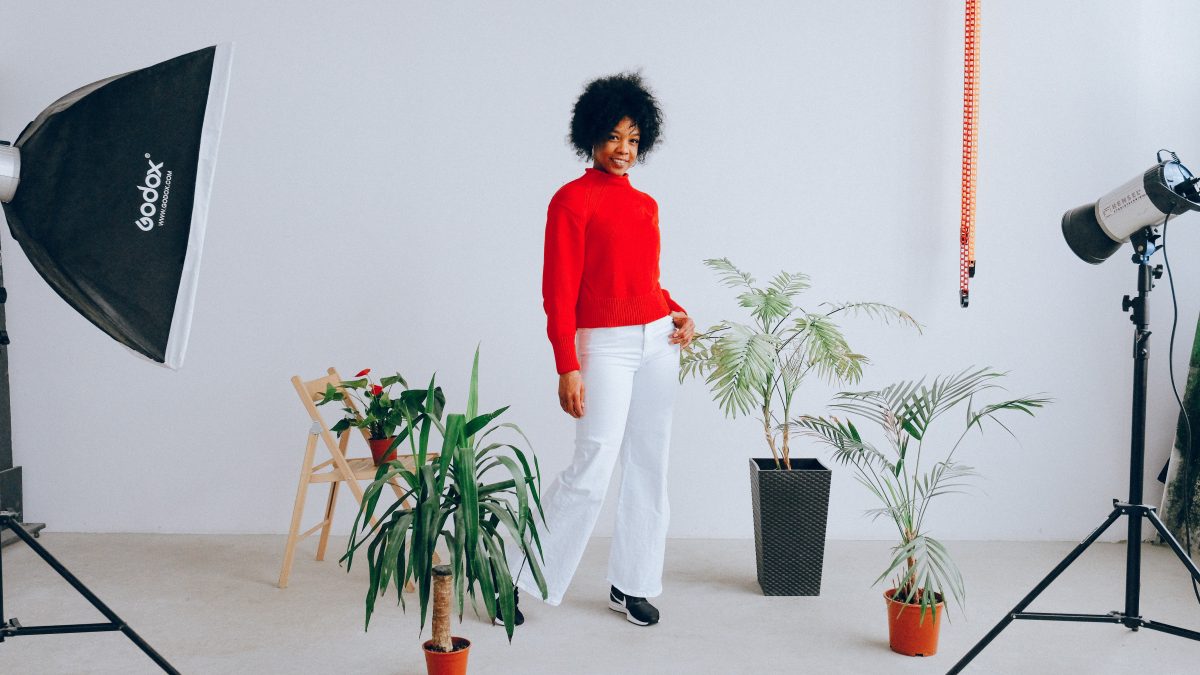Why it’s Important to Control the White Balance Settings on Your Camera
When the white balance is correct in a digital photograph, white will appear white and all colors in the photo will look as they do naturally. If the white balance is not set correctly, your photos will have an unusual color cast across them. A white object will not look white.
Did you know that light can be colored? Not only LED, neon, or fluorescent lights, but natural daylight can have a distinct color cast. This can have a marked effect on the outcome of your photos. White balance in a camera filters the light, so the colors look right.

Before we delve into the details of white balance, it helps to have an understanding of color balance in photography. This is the adjustment of the intensity of various colors in an image (typically the primary colors of Blue, Green, and Red). The objective of adjusting colors is so that they render correctly. The general method used is often called gray balance.
Color balance changes the mixture of colors in a photograph, and it’s used for color correction. Photographic image data from your camera’s digital sensor is digitally transformed from their original values or level to new values needed to appropriately reproduce the image. Color correction is essential because the initial image from the camera sensor does not match the human eye, so the camera has to compensate for those differences.
What is White Balance?
White balance is a setting in your camera that helps you produce a natural-looking coloration in your image. The goal of white balance is to achieve the most accurate colors possible. The color of your subject in a photograph is affected by the type of lighting you’re using. Our eyes and our brain automatically compensate for the differences in light. For example, a green object will always appear green to the naked eye regardless of whether it’s viewed in sunlight, fluorescent, or incandescent light.

The white balance setting on your digital camera controls the color temperature of the light by filtering it. This is done so that any white object will look white, and all the colors in your image will look natural and as they should do.
Digital cameras use white balance to compensate for the difference between what our eyes see and what the cameras record. The white balance setting helps to match the color cast of the main light source illuminating your subject.
The camera will filter the color temperature of the light to achieve a correct white balance. This can be done manually or by setting your camera to the auto white balance setting. The auto white balance setting is best when the ambient light is the same color temperature.
In mixed lighting conditions, things can be more challenging. If you have warm light and a cold color temperature of light affecting the same image, managing the white balance setting on your digital camera becomes more challenging. Also, when you are using non-dedicated external strobes or flash, the auto white balance setting will not be helpful. You will need to set a custom white balance setting to achieve the correct color balance in your photos.
How to Determine and Adjust White Balance Settings?
The first step in determining your white balance is to find where you can change and adjust it on your camera. For example, my Canon 6D denotes the white balance by pressing the Q button on the back of the camera. This opens up a menu – where on the third row, the second icon is where you will find the various white balance settings. If you have never touched this, then it will read AWB, which stands for auto white balance.

Using the auto white balance on your digital camera will work very well in most ambient light situations. The main catch comes when there is a mixed lighting condition. This can be from artificial lighting or natural light. When there is more than one light source that affects your composition, and they are of different color temperatures, a choice needs to be made. The auto white balance on your digital camera will not be of much help.
The main drawback of using different white balance settings is that you will inevitably forget to adjust the white balance when encountering different lighting conditions. Setting the camera white balance can be more precise, but only when you are skilled at recognizing the lighting conditions and remember to change the camera’s white balance adjustment.
Using the auto setting for white balance, you don’t have to worry about whether you are taking photos in:
- Direct sunlight
- With an overcast sky
- Under a tungsten bulb or an incandescent bulbs
- With mixed lighting conditions
- Under artificial lighting that has a blue cast or a green tint
- With flash or studio strobe lighting.

